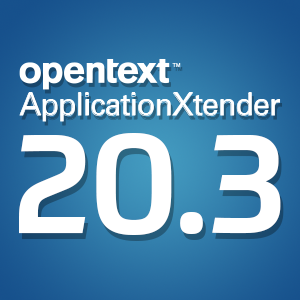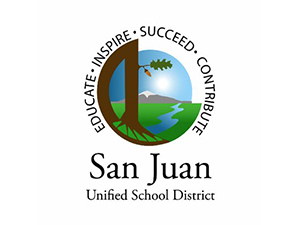The foundation for a paperless school district
Friday, June 13, 2014A paperless school district can both save money and enhance student performance via simplified interactions with faculty and more thoroughly monitored class and homework.
According to Ian Llado, who works for a business management and workflow software provider, a paperless school district will reduce the costs of storage, disaster recovery and process inefficiencies. The proper content management service will enable the classification of student records and instant, easy access to information. Implementing a paperless learning environment can be a long process but the cost saving factors and efficiency boost associated with the transition are difficult to pass up. Listed below are steps to ensure that your district is ready to take on the challenge as well as the significant benefits of technology integration.
Determine your budget
The first step is to identify how much can be spent on content management software as well as the other various costs associated with setting up a completely digital classroom. Consider investment in infrastructure as well as document storage solutions and conversion services. Llado recommends a cloud service. These may have payment models that are pay-as-you-go or monthly, which may be more fiscally attractive than a large single sum.
Establish what is required to follow through with the transition
Once there is a budget in place it is time to allot portions of it to the specific products and infrastructure adjustments required. According to Educators Technology there are several services and products that will quickly move the classroom toward paperless functionality. Among the features to be considered are document storage and sharing as well as online grading.
These functions will be essential in creating a more efficient learning environment that students can easily respond to. Also consider the cost of document capture solutions, and potentially outfitting students with tablets or laptops. Don't simply stick to the classroom either, integrate paperless solutions into every department from human resources to administration. Things to think about are where you store your documents, whether the storage solution shared or limited and what areas of the school are experiencing information backlogs.
Begin to research the possibilities
Take a look at the options on the market, not every one will be right for your specific district. There are several factors you should pay attention to during this process. Remember to consider easy of use and administration, system architecture and the flexibility and capability of the service. Make sure exploration into other paperless solutions are just as thorough.
Begin to set up a clear path for integration
Once you have identified specific services it is time to begin paving the path toward a paperless classroom. Find sponsors who share similar interests and begin to inform staff and faculty of the benefits of a digitized school district. For instance, for those interested in the sustainable aspect of an electronic learning experience, consider that it takes approximately 1,800 watt-hours of energy to produce 30 sheets of paper. Two hours of grading on a laptop would burn around 316 watt-hours of energy according to research conducted by the Digital Union of the Ohio State University and cited by eMarking Assistant.
General benefits of phasing out paper
Oft-cited is the amount of time saved when paper is moved from the business process automation equation. Instant access and immediately accessible revisions make reprinting and searching for documents a thing of the past. According to CST Data research shows that one in every 20 pieces of paper is lost, while 3 percent of documents are misfiled. Additionally every inch of paper you print costs about $11, and then storing that paper? Another $880 in average maintenance costs per year.
Brought to you by Image One Corporation providing complete information governance since 1994.




